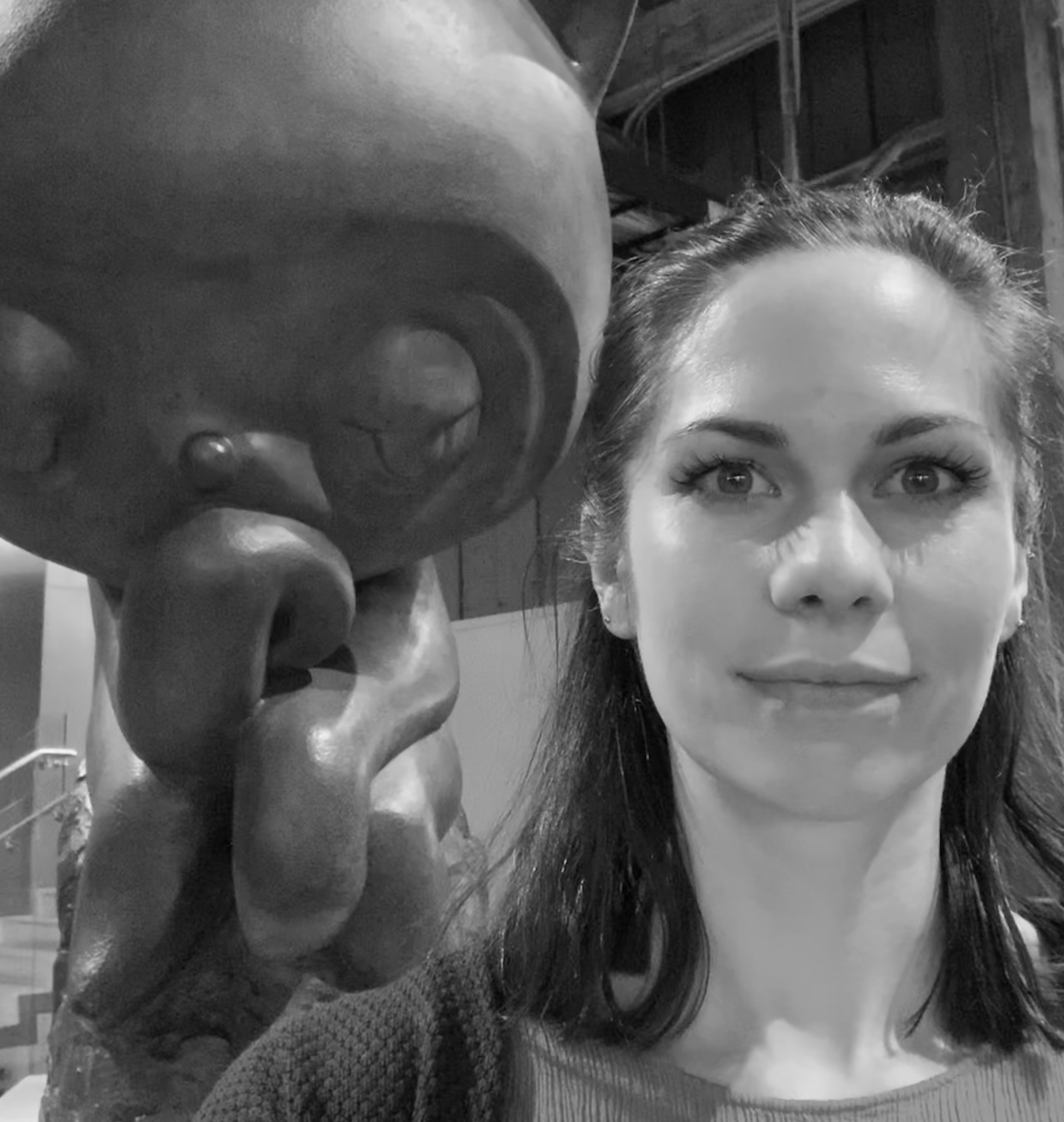Cited By
View all- Sharevski FLoop JJachim PDevine APieroni E(2023)Talking Abortion (Mis)information with ChatGPT on TikTok2023 IEEE European Symposium on Security and Privacy Workshops (EuroS&PW)10.1109/EuroSPW59978.2023.00071(594-608)Online publication date: Jul-2023
- Gamage DChen JGhasiya PSasahara K(2022)Deepfakes and Society: What Lies Ahead?Frontiers in Fake Media Generation and Detection10.1007/978-981-19-1524-6_1(3-43)Online publication date: 29-May-2022
- Huynh LNguyen TGoh JKim HHong JDemartini GZuccon GCulpepper JHuang ZTong H(2021)ARGH!Proceedings of the 30th ACM International Conference on Information & Knowledge Management10.1145/3459637.3481894(3847-3856)Online publication date: 26-Oct-2021





